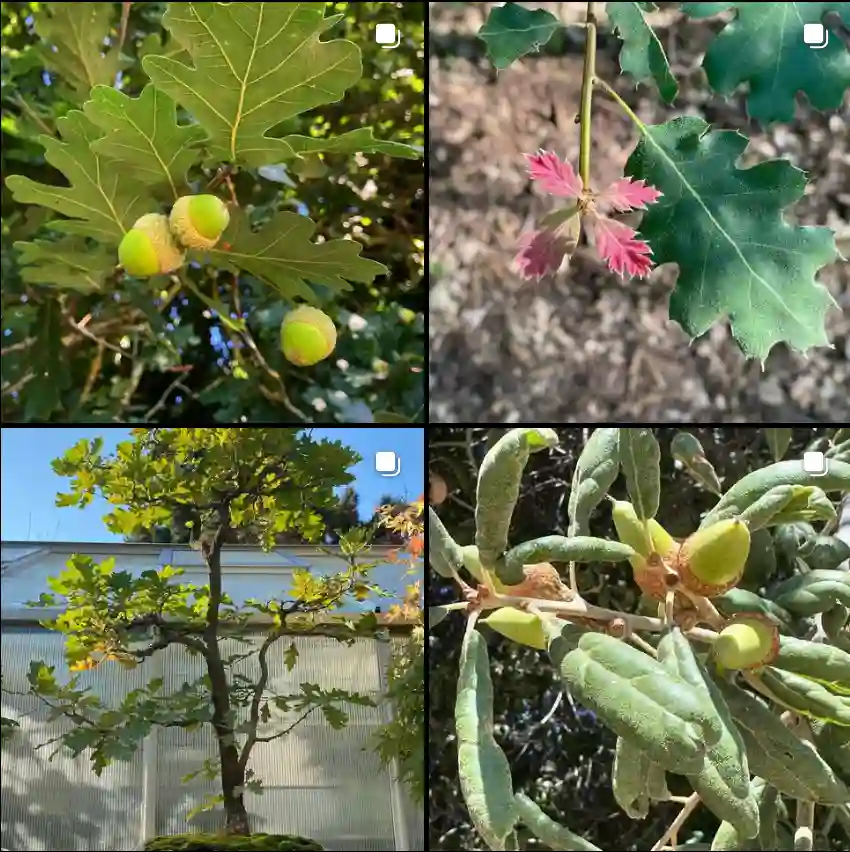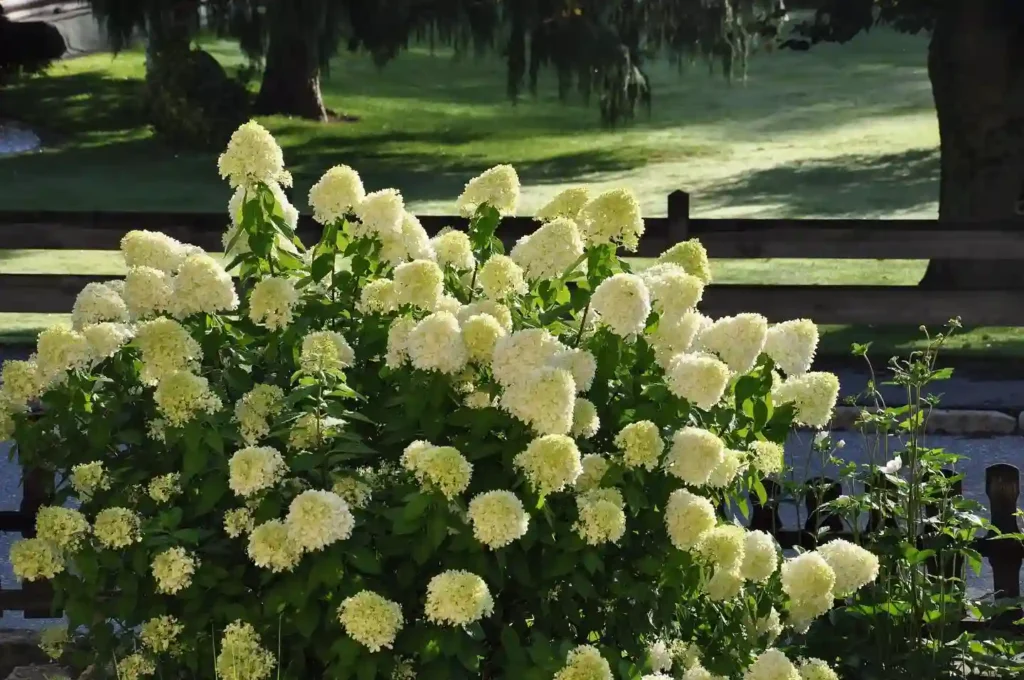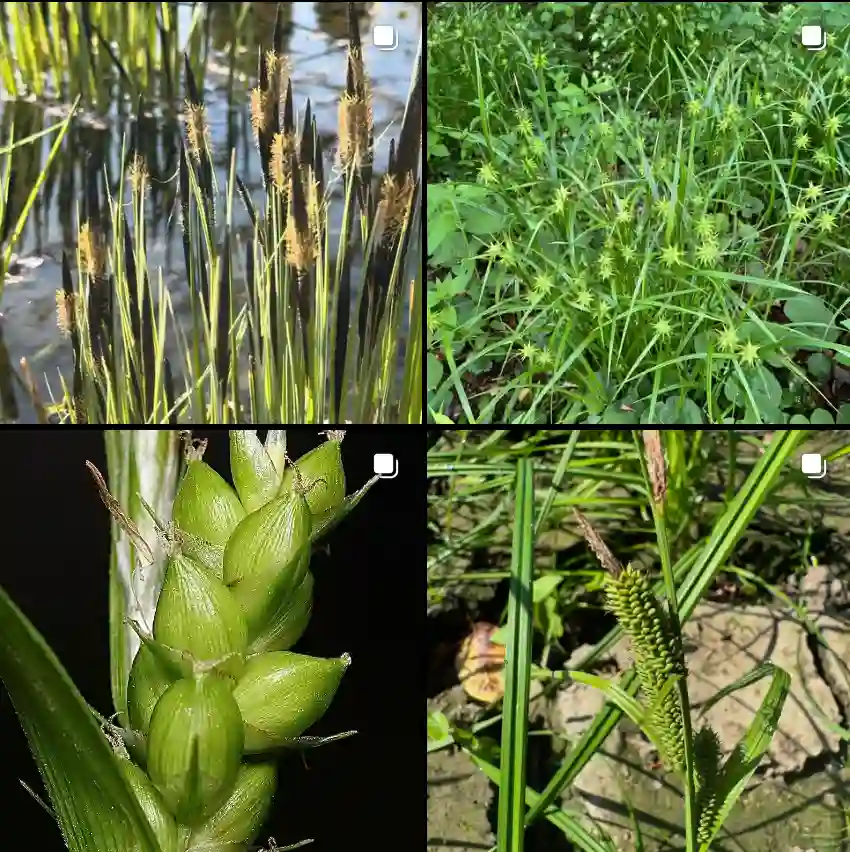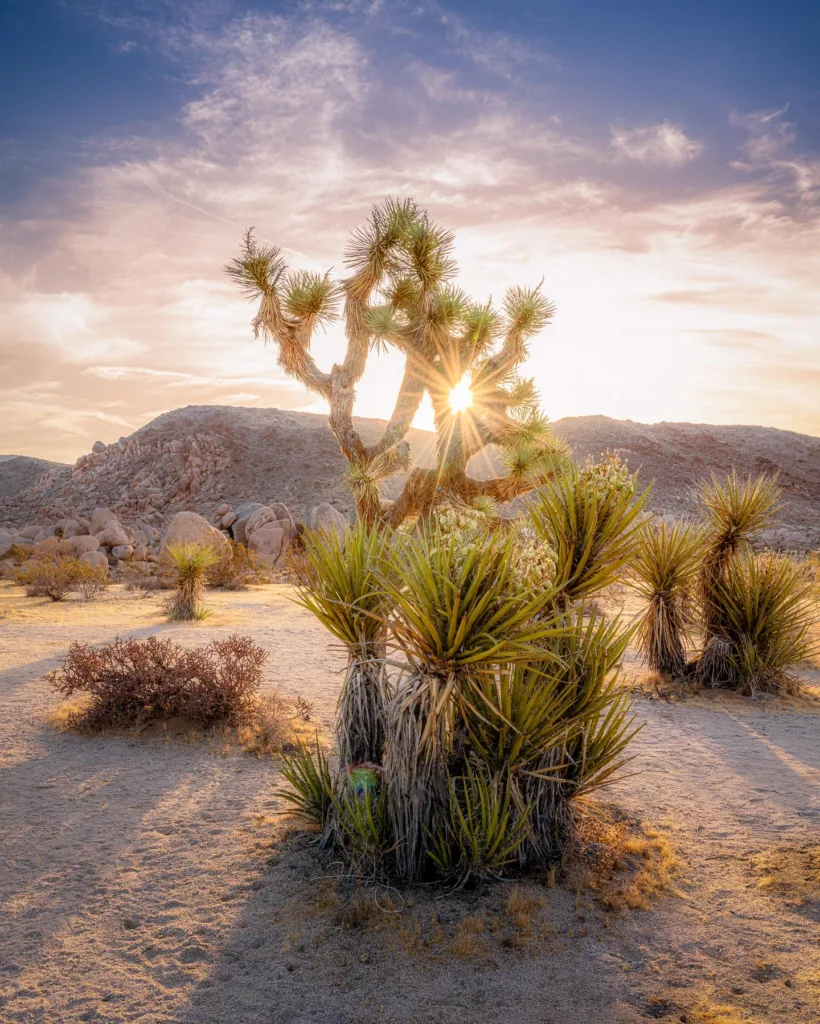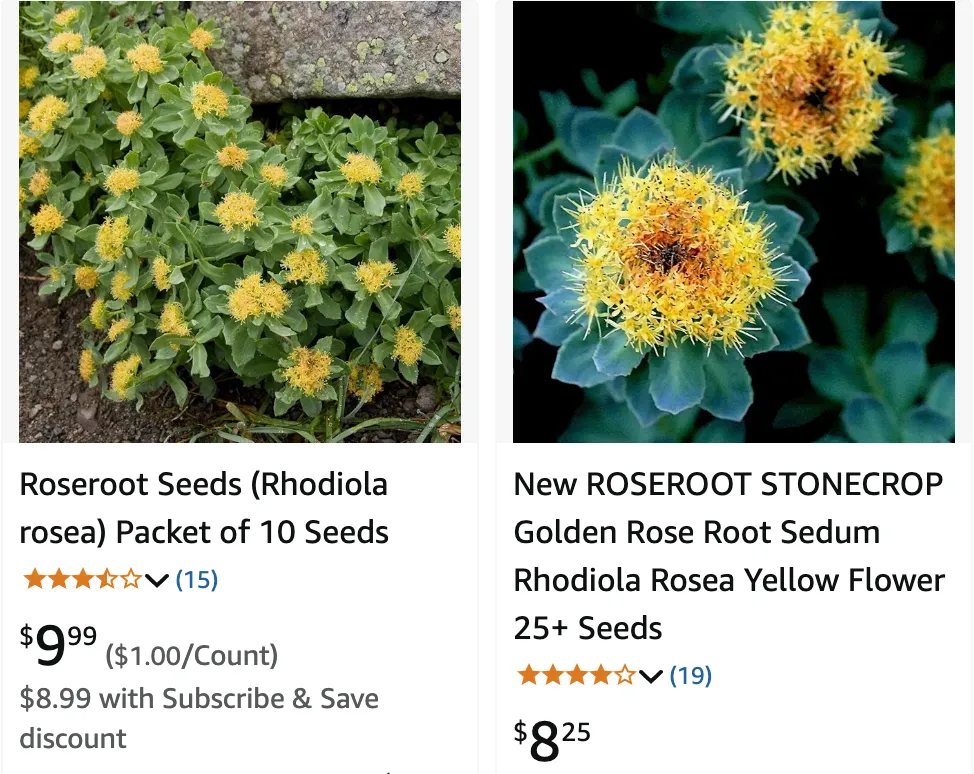
74 Species in Genus Rhodiola
What is Rhodiola Rosea?
Rhodiola Rosea, often called “golden root” or “arctic root”, is an adaptogenic herb native to cold regions such as Siberia, the Arctic, and parts of Europe. It has been used for centuries in traditional medicine to improve physical and mental endurance, reduce fatigue, and enhance overall well-being.
What Does Rhodiola Rosea Do?
Rhodiola Rosea helps the body adapt to stress, thanks to its adaptogenic properties. It is known to boost energy levels, improve focus and memory, and support emotional well-being. Its active compounds, rosavins and salidrosides, are believed to reduce fatigue and enhance mental clarity.
How to Grow Rhodiola Rosea?
Rhodiola Rosea thrives in cool climates with well-drained, sandy, or rocky soil. It prefers full sun but can tolerate partial shade. To grow it, plant seeds or root cuttings in early spring, ensuring they are placed in soil with good drainage to prevent rot. It’s a slow-growing plant, so patience is key.
How to Harvest Rhodiola Rosea?
Harvest Rhodiola Rosea roots after 3-5 years of growth, as the plant takes time to develop its beneficial compounds. Dig up the roots in late summer or early fall, wash them thoroughly, and dry them in a well-ventilated area to preserve their medicinal properties.
How to Care for Rhodiola Rosea?
Water Rhodiola Rosea sparingly, as it is drought-tolerant. Avoid overwatering, as this can lead to root rot. Provide it with a cool environment and mulch around the base to retain moisture. Remove weeds to reduce competition for nutrients.
How to Propagate Rhodiola Rosea?
Propagate Rhodiola Rosea through seeds or root cuttings. Seeds should be sown in sandy soil in early spring. For root cuttings, divide mature roots into sections and plant them in a suitable growing medium. Both methods require patience, as the plant grows slowly.
Can You Grow Rhodiola Rosea Indoors?
Yes, you can grow Rhodiola Rosea indoors if you provide it with adequate sunlight or use grow lights. Ensure the plant is in well-draining soil and place it in a cool location to mimic its natural environment.
Is Rhodiola Rosea Toxic?
Rhodiola Rosea is generally considered safe for most people when used appropriately. However, excessive use may cause side effects such as dizziness, dry mouth, or insomnia. Always consult a healthcare professional before starting any herbal supplement.
What to Plant with Rhodiola Rosea?
Pair Rhodiola Rosea with other alpine or drought-tolerant plants such as lavender, thyme, or sedum. These plants thrive in similar conditions and create a visually appealing garden.
What are the benefits of Rhodiola Rosea?
Rhodiola Rosea provides numerous benefits, including stress reduction, enhanced cognitive function, increased energy, and improved physical endurance. It may also support immune function and help maintain emotional balance.
What are common problems when growing Rhodiola Rosea?
The most common issues with Rhodiola Rosea are root rot due to overwatering and poor drainage. It may also struggle in hot, humid climates. Ensure proper care to avoid these problems.
Rhodiola Rosea vs Ashwagandha?
Rhodiola Rosea and Ashwagandha are both adaptogens, but they work differently. Rhodiola is known for its energizing and focus-enhancing effects, while Ashwagandha is more calming and supports relaxation and sleep.
Rhodiola Rosea Rosavin vs Salidroside?
Rosavin and salidroside are the two primary active compounds in Rhodiola Rosea. Rosavin is more abundant in Rhodiola Rosea and is often associated with its stress-relief properties, while salidroside is linked to its antioxidant and neuroprotective benefits.
Rhodiola Rosea vs Bacopa Monnieri?
Both herbs support cognitive function, but Rhodiola Rosea is more focused on reducing fatigue and boosting energy, whereas Bacopa Monnieri is traditionally used to improve memory and learning over time.
Rhodiola Rosea vs Ginseng?
Rhodiola Rosea and ginseng are both adaptogens, but Rhodiola is better suited for reducing mental fatigue and improving focus, while ginseng is often used to enhance physical stamina and support immune health.
Rhodiola Rosea vs Rhodiola Crenulata?
Rhodiola Rosea and Rhodiola Crenulata are closely related, but Rosea is more extensively studied and known for its balanced levels of rosavin and salidroside. Crenulata contains higher salidroside levels and is often marketed for its antioxidant properties.
Rhodiola Rosea vs St. John’s Wort?
Rhodiola Rosea and St. John’s Wort both support emotional well-being, but Rhodiola is more versatile, helping with stress, energy, and focus. St. John’s Wort is specifically known for addressing mild to moderate depression.
Rhodiola Rosea vs Lion’s Mane?
Rhodiola Rosea is an adaptogen that reduces stress and enhances energy, while Lion’s Mane is a nootropic mushroom that supports nerve regeneration and cognitive health.
Rhodiola Rosea vs Maca Root?
Rhodiola Rosea and maca root both boost energy, but Rhodiola is better for mental clarity and stress reduction. Maca root is often used for hormonal balance and fertility support.
Rhodiola Rosea vs Tibetan Rhodiola?
Tibetan Rhodiola is a lesser-known variety often found in high-altitude regions. While both share adaptogenic properties, Tibetan Rhodiola is less studied, and Rhodiola Rosea is preferred for its well-documented benefits.
If i die, water my plants!
